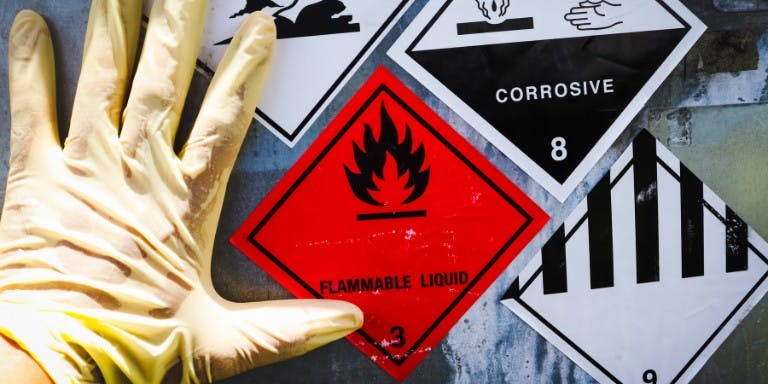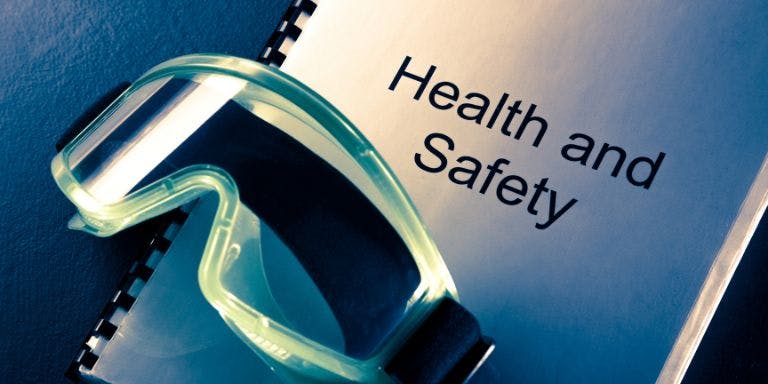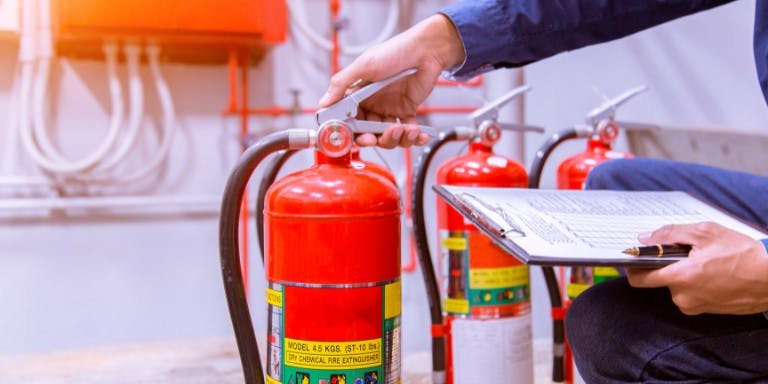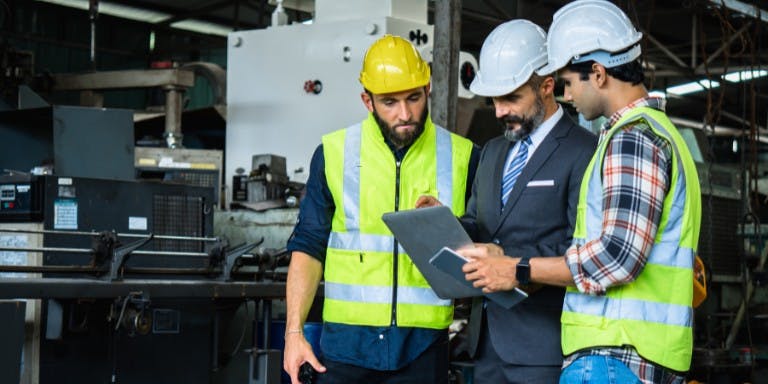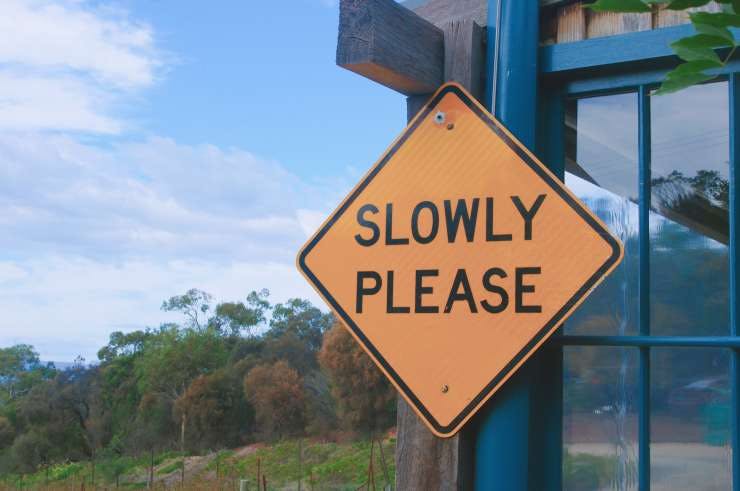First published on Tuesday, August 27, 2024
Last updated on Friday, November 29, 2024
Jump to section
Understanding risk assessment is essential whether you're a small business owner or managing a larger team. It ensures the wellbeing of your employees and is also a legal requirement in the UK.
That’s why we're going to walk you through the five crucial stages of a risk assessment. You'll learn to identify hazards, determine who might be harmed, evaluate and control risks, record your findings, and update your assessments.
By the end of this guide, you'll understand how tools like health and safety software can significantly streamline the risk assessment process, making it more efficient and manageable.
Why risk assessment matters
Risk assessment isn't just a box to tick—it's a vital practice that protects your team and your business. Proper risk management can prevent accidents, reduce sick days, and boost productivity.
Step 1: Identification of workplace hazards
Hazards can be physical, such as machinery or trip hazards; chemical, like cleaning agents; biological, including bacteria and viruses; or ergonomic, like poor workstation design.
Empower your employees by involving them in this critical step. Their first-hand knowledge of the daily risks they face can offer valuable insights that management might overlook. Encourage them to report hazards and participate actively in the risk assessment process.
Leverage tools such as checklists and hazard report forms to ensure no potential risk goes unnoticed. Did you know that our health & safety software, includes over 600 risk assessment templates that can efficiently guide you through this process.

Step 2: Determining who might be harmed and how
After identifying the hazards, the next step is determining who might be harmed. This includes not only your employees but also contractors, visitors, and even members of the public if your business activities extend beyond your premises.
Consider how each identified hazard might cause harm. For example, a chemical spill could result in burns or respiratory issues. Long-term exposure to noisy environments could lead to hearing loss, and stress from a high-pressure job could impact mental health.
Document who is at risk and in what ways. This creates a clear record that can inform your risk control measures and ensure no affected group is overlooked.
Step 3: Evaluation and control of risks
Evaluate the likelihood and severity of the identified risks. This involves considering the probability of harm occurring and the potential impact. Use a risk matrix to categorise risks as low, medium, or high.
Once the risks are assessed, implement measures to eliminate or control them. The hierarchy of controls is a helpful framework here:
Elimination: Remove the hazard entirely if possible.
Substitution: Replace the hazard with something less harmful.
Engineering Controls: Isolate people from the hazard.
Administrative Controls: Change the way people work.
PPE: Provide personal protective equipment as a last resort.
For example, if a machine presents a risk of injury, you can implement guards (engineering control), provide training on safe usage (administrative control), and supply gloves and goggles (PPE).
Step 4: Recording findings
Documenting your risk assessment findings is not just good practice; it's a legal requirement for businesses with five or more employees. This practice helps track the measures you've implemented and provides a reference for future assessments, giving you a sense of security and control.
Health and safety software that comes with accident and near-miss reporting functionality can streamline this process. It allows you to store all your safety documents in one place and easily update them as needed. Plus, some like BrightSafe with reminder notifications, you'll never miss a review date.
Ensure your documentation covers the hazards identified, the individuals at risk, the control measures implemented, and any further actions required. This comprehensive approach ensures all bases are covered and keeps your workplace safe.

Step 5: Review and update
Risk assessments are not a one-time task. Workplaces evolve, new hazards emerge, and existing risks may change. Regularly reviewing and updating your risk assessments ensures they remain relevant and practical.
You should review your assessments whenever there are significant changes in the workplace, such as new equipment, processes, or personnel. Any accidents or near misses should also prompt an immediate review to prevent recurrence.
Effective risk management requires continuous monitoring and open communication. Encourage your team to report any new hazards they encounter and keep them informed about the measures in place to protect them. This approach provides reassurance and ensures everyone feels safe and valued.
Manage your risk assessments with help from BrightHR
BrightHR's health and safety software, BrightSafe, can make managing your risk assessments easier. With over 600 expert-written templates, you can quickly create comprehensive assessments that meet HSE standards. The software also lets you record near misses, track hazards, and keep all your safety documents in one secure location.
Take the first step towards a safer workplace today. Engage your team in the risk assessment process, implement effective control measures, and keep your assessments up to date with the help of end-to-end health & safety software. Together, you can create workplaces where everyone feels safe and valued.
Book a demo now to receive more detailed guidance and explore how BrightHR can support your risk management efforts. Your path to a safer workplace starts here.



